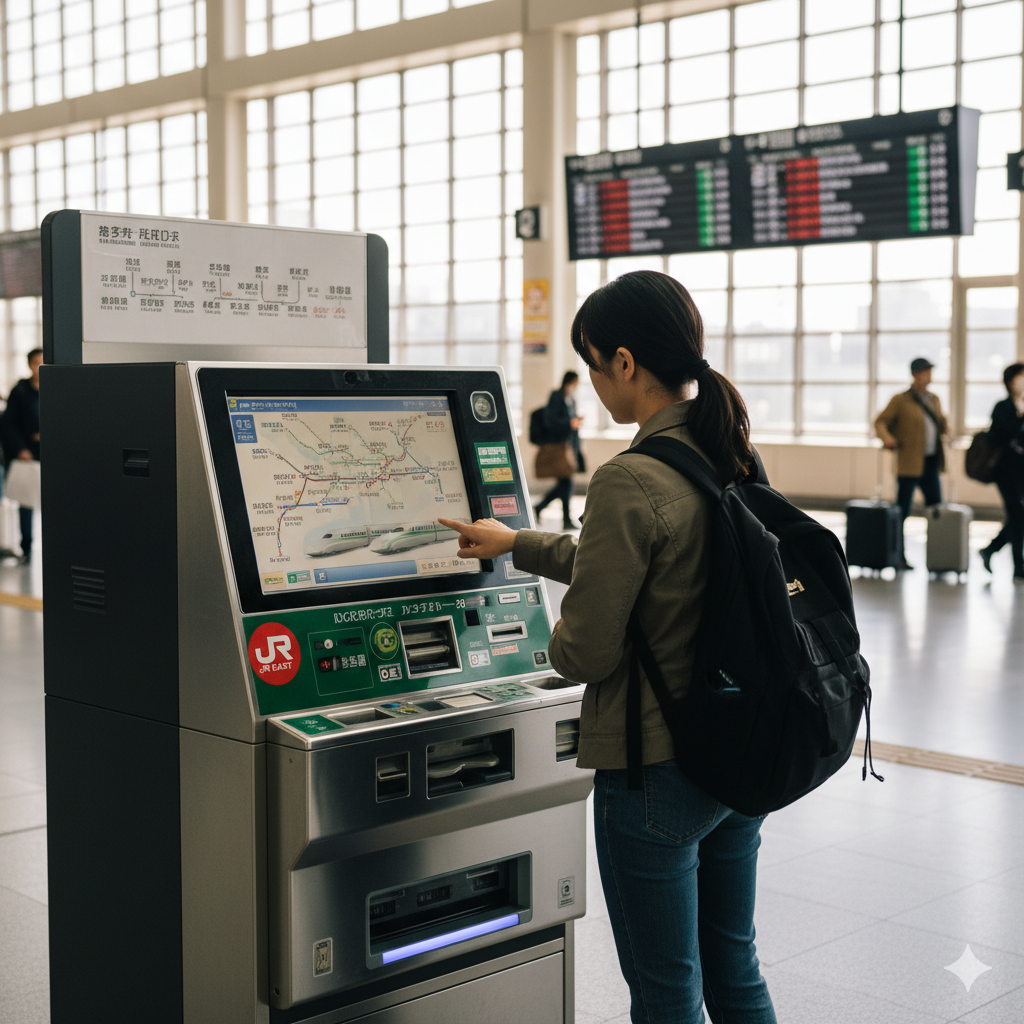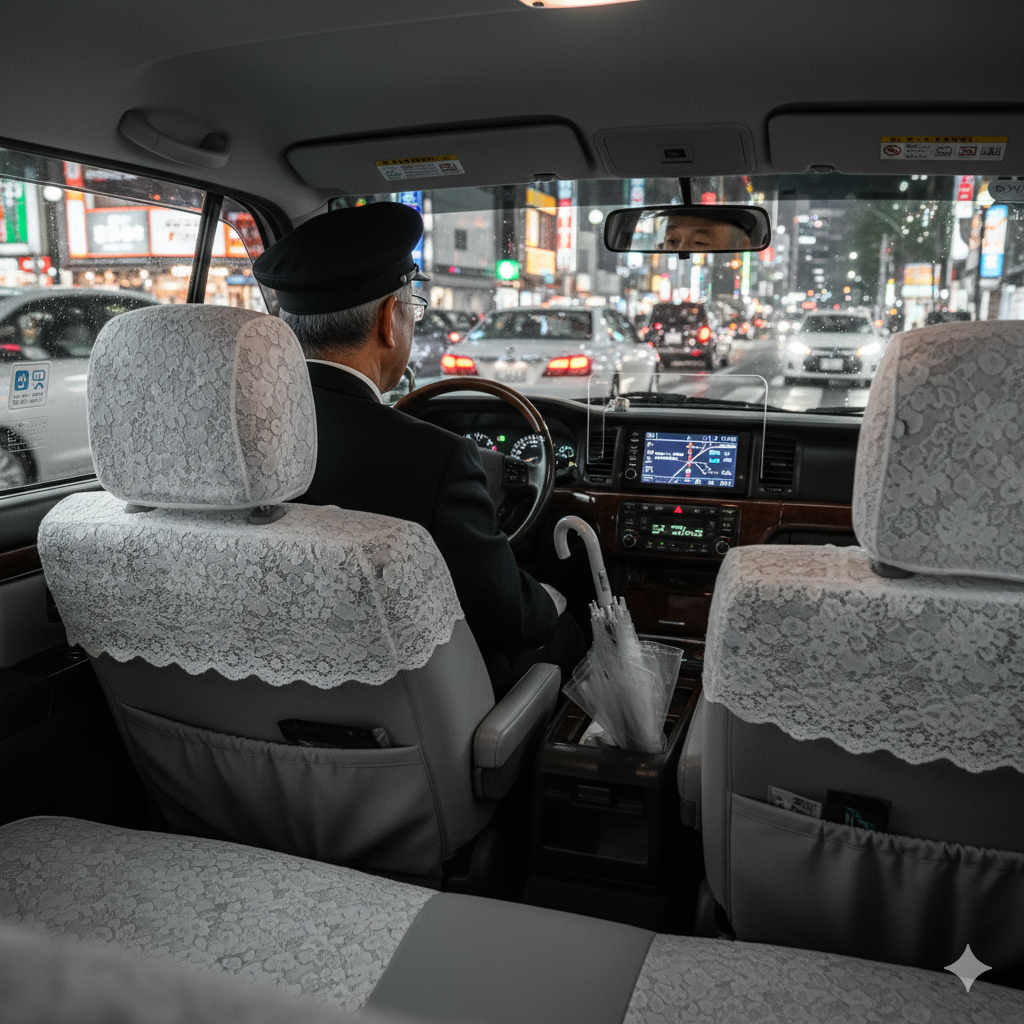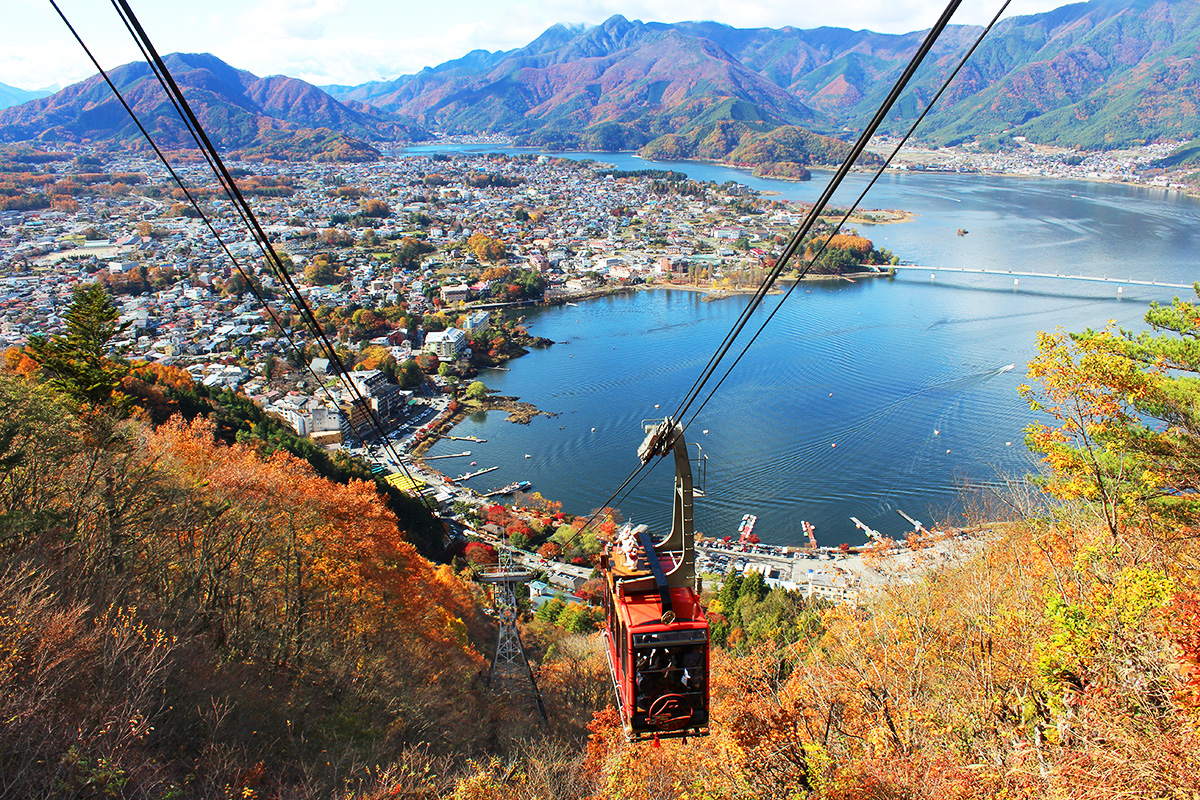JR Pass vs Nozomi Shinkansen: The Price Trap Tourists Keep Falling For

Tourists have been told for years that the Japan Rail Pass (JR Pass) is the most economical means of saving on train travel in Japan during long journeys. That is not true for every traveler's schedule anymore, though, as the 2023 price increase — especially when compared to buying Nozomi Shinkansen tickets separately.
Many tourists overspend because they don't check. Here's a simple breakdown of when the JR Pass is worth it, when it's not, and why the Nozomi "upgrade" might actually save you cash.
What is the JR Pass?
The JR Pass is a fixed-price train pass that gives unlimited travel on most JR trains, including the Shinkansen (bullet trains), for a set period (7, 14, or 21 days). It used to be a no-brainer for anyone doing multiple long-distance trips.
- 7-Day Ordinary Pass: ¥50,000+
- 14-Day Ordinary Pass: ¥80,000+
- 21-Day Ordinary Pass: ¥100,000+
Works best if you’re doing multiple round trips (for example, Tokyo–Kyoto–Hiroshima and back) within the validity period.
Doesn't cover the Nozomi Shinkansen, the quickest bullet train service on the Tokaido Line.
What is the Nozomi Shinkansen?
Nozomi is the fastest form of Shinkansen train service from Tokyo to Kyoto, Osaka, and then beyond.
Tokyo → Kyoto on Nozomi: approximately 2 hours 20 minutes
Tokyo → Osaka on Nozomi: approximately 2 hours 30 minutes
You can't ride JR Passes on Nozomi trains. You can buy regular tickets, however, and sometimes that ends up being less expensive than a JR Pass you won't use in full.
2023 JR Pass Price Increase Redefined Everything
Before 2023, a 7-day JR Pass cost about the same as a round trip from Tokyo to Kyoto on the Shinkansen, and it was a great deal for most travelers.
Now, with the price increase:
Tokyo ↔ Kyoto return on Nozomi ≈ ¥28,000
7-Day JR Pass ≈ ¥50,000+
If you only have Tokyo–Kyoto–Tokyo, it actually costs over ¥20,000 more to buy individual Nozomi tickets and you also get to ride the fastest train.
This is where the majority of tourists fall into the "price trap." They automatically buy the pass without researching their own itinerary thinking it's always more economical.
When the JR Pass Still Makes Sense
The JR Pass can still be a great deal, but only for specific travel styles:
Visiting multiple cities (for example, Tokyo, Kyoto, Osaka, Hiroshima) within 7–14 days
Doing long trips back-to-back with few rest days
Planning to ride expensive trains like the Narita Express, Limited Express, or Hokkaido Shinkansen
Wanting the convenience of unlimited travel without buying tickets each time
If you’re hopping around Japan quickly, the pass can still save time and money.
When Nozomi Tickets Are Less Costly
For shorter distances or for a one-way ride, buying individual Nozomi tickets usually works out cheaper:
Tokyo ↔ Kyoto return → Cheaper on Nozomi
Tokyo ↔ Osaka → Still cheaper without JR Pass
Adding one local detour (e.g., Nara or Himeji) does not usually make the full pass price worth it
Bonus: Nozomi trains have more frequent departures available and arrive earlier.
JR Pass Advantage: Convenience, unlimited usage, easy to board and alight on local JR trains.
JR Pass Disadvantage: Exorbitant initial payment, no use of Nozomi trains, not ideal for slow travel itineraries.
Nozomi Advantage: Faster trains, typically less expensive for single route itineraries, easy to book in advance via internet or at stations.
Nozomi Disadvantage: You need to buy separate tickets for every trip.
For most modern travelers with limited time in Tokyo and Kansai, Nozomi tickets with IC cards (like Suica) are a more handy and economical option than the JR Pass.
Last Verdict: Don't Listen to the Ancient Wisdom
The JR Pass is no longer a "one size fits all" proposition. The 2023 price hike makes you do the math.
For the majority of itineraries, buying Nozomi tickets independently is cheaper and faster. Buy the JR Pass only if your schedule includes many long-distance routes or lots of train travel within a brief time period.



